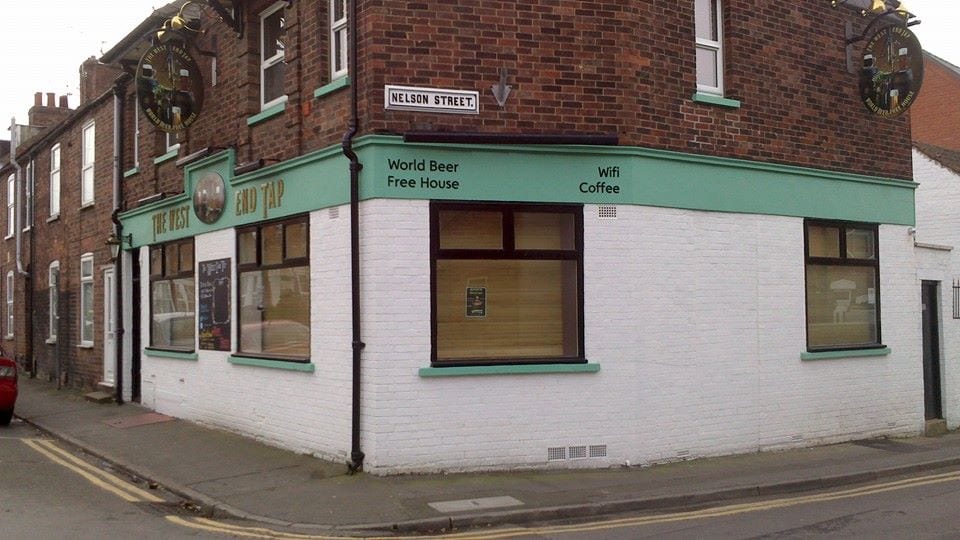A task, set for us by Ally, was to take pictures of ten buildings that fill you with an inconsolable sadness. It seemed, on the surface, to be a simple task that merely required ten photographs, but how to define what the inconsolable sadness would be.
My first image is that of a pub that has recently been renovated. Not a very sad image I suppose but let me explain. I grew up in the pub industry, my parents have run either pubs or working men’s clubs all my life. It has been ingrained into my subconscious what a ‘proper’ pub should be. Old buildings, traditional wood feature such as pews and panelling, hops draped around the walls and most importantly real ale. A ‘proper’ pub should be ale and beer focussed, not attempting to be an alcoholic coffee shop and this newly renovated pub should be. The sadness I feel is a loss. The taking away of tradition, breaking down the expected and the accepted into something that offers free wifi and celebrates the sale of coffee.
Much like a museum, the public have an expectation of what should be in a pub and what shouldn’t, and although those boundaries for both institutions are now blurring, it is the traditions that are upheld that define them as they are now, not the new emerging conceptions. Museum are accompanied by an expectation, a contract with you will, on the visitors behalf, for quiet, peaceful reflection on the works of art and architecture that are encased within the confines of the museum. A pub on the other hand writes the contract that there will be good beer, clean glasses, snacks available and a lively atmosphere. Both institutions also set out their expectations that the public should respect the doctrine of the place and adjust their behaviour accordingly. Nicholas Arnold has this to say on the purchase of a ticket for a show or a performance but what is said could also apply to admission for a gallery or even a pint of Bateman’s XB at a pub.
‘The audience is therefore active in the theatrical contract – but what kind of a deal does it set up?
Buying a ticket is willingly giving up a portion of your liquid assets and making a self-limiting commitment to a certain place and time… it is the audiences decision to accept these limitations on freedom. It is an active process of self denial, in return for which a performance is supplied’ (1991)
When visiting the Usher Gallery, during a conversation with a member of the gallery staff the boundary that they strive to maintain is fairly open: volume is not an issue to be controlled unless it becomes anti-social. In other words, when in the Usher someone could be as loud as they liked so long as no one else minded. So the limitations that are imposed on an audience once they’ve bought a ticket are a lot harsher than those on a gallery visitor once admission has been paid. So are site-specific performances a more ‘user-friendly’ form of theatre, can you even call the pieces created theatre when the whole reason behind them is that there aren’t in one? An interesting concept to play with when it comes to challenging the limits of behaviour, especially in a space where traditional rules are definitive of the visitors’ experience.
Arnold, Nicolas. (1991)The Manipulation of The Audience by Director and Actor. In: ed G.D Wilson, Psychology and Performing Arts. London. Swets & Zeitlinger. Chapter 6 pp 75-82
Grayson, S. (2014) Fig.1 West End Tap (February 2014)

